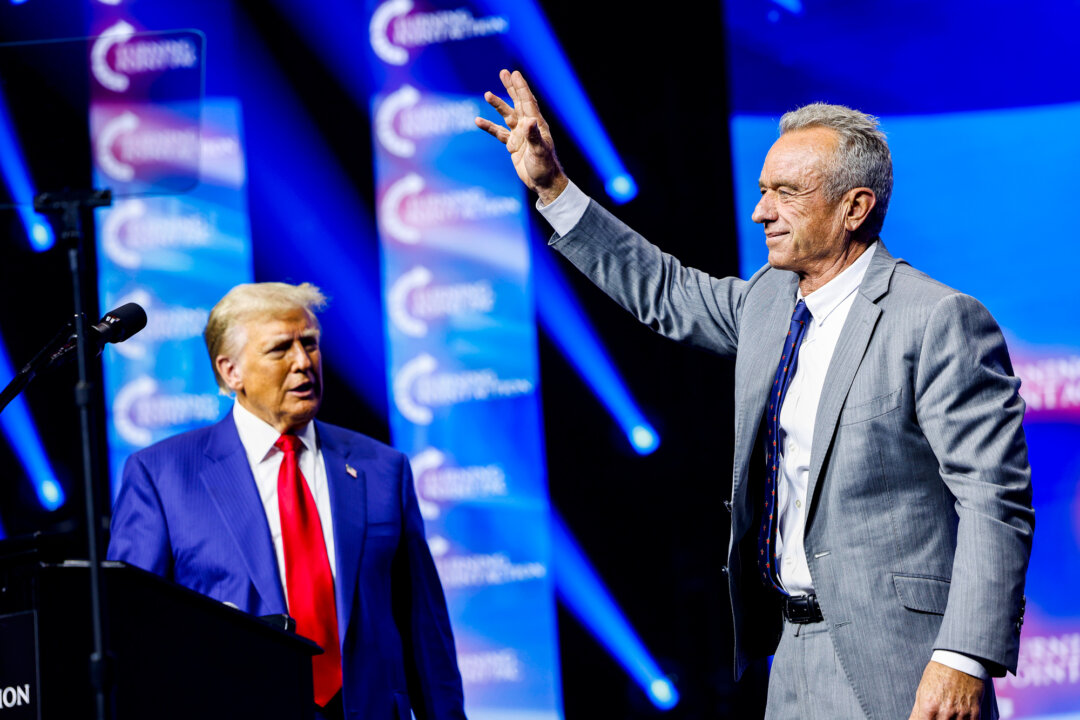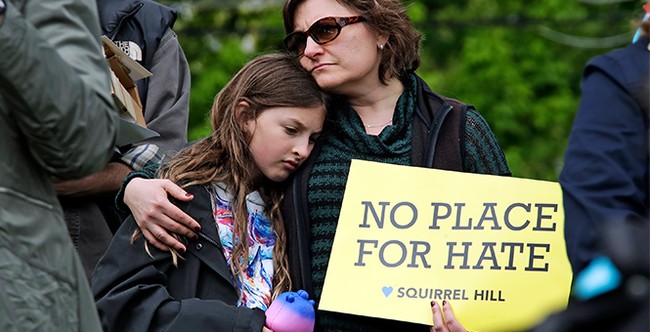For avid supporters, the Make America Healthy Again (MAHA) movement itself is not new. It began long before Robert F. Kennedy Jr.
’s presidential campaign and subsequent confirmation as health secretary. “The principles of the MAHA movement were once a way of life all over the country decades ago,” Samantha Rayburn, a 40-year-old mother of two teenage sons, told The Epoch Times. “It’s encouraging to see more people adopting those beliefs and understanding that God gave us what we need to feed our bodies and heal our bodies.

With how sick and unhealthy we are as a society, this return to the basics is needed.” Rayburn developed an interest in foraging for herbs and plants when she was a little girl and was inspired to make her first tincture when her oldest son caught whooping cough when he was 2. She describes the MAHA movement as “a return to the basics.
” “It’s getting back to when we knew what was in our food because we grew it and got what we didn’t have from local farmers,” said Rayburn, who lives in southern Ohio. “RFK Jr. and MAHA have made what many of us believe in more mainstream.
People are now contacting me and wanting to learn more about herbs. I don’t seem so crazy anymore,” Rayburn said with a laugh, referring to her business, Hadassah’s Herbs for Health and Healing. When Kennedy delivered a speech last August announcing that he was suspending his campaign and backing then former President Donald Trump, he said that Trump is giving him the opportunity to help make America healthy again.
What followed was a social media frenzy with “Make America Healthy Again” and “MAHA” hashtags. MAHA, the acronym, was born. New Jersey-based Jacqueline Capriotti volunteered for Kennedy’s campaign and has championed the creation of gardens.
She now heads the Victory Garden Alliance, which encourages people, communities, and organizations to grow their own food. “There is a revival in growing our own food, supporting local farms, and knowing what’s in our food. Bobby and the MAHA movement have catapulted that interest,” Capriotti told The Epoch Times.
“We need this. Our kids need this. It’s important they understand how food is grown and where it comes from.
That will inspire healthier new generations because they will become smarter consumers.” Capriotti calls what is happening with the MAHA movement a “health revolution.” She is working to educate elected officials and political candidates.
“Many of us who worked on the presidential campaign didn’t stop our objectives when it ended. That’s an example of how MAHA is a movement not tied to one person,” Capriotti said. “There is a time we need drugs and surgery, but those times mean something went wrong.
How do we prevent more people from having health conditions? How can we inspire them to change their lifestyle so they don’t have to get to the point where they need those drugs and surgeries? That is part of MAHA Action’s focus,” Bigtree told The Epoch Times. The work includes state level activity to encourage the passage of MAHA-friendly bills and the election of pro-MAHA candidates. “Americans are disillusioned with Washington D.
C., and since COVID, there has become a growing understanding that, to make substantial change, you need to think local. Take action in your own town and your state,” Hutt said.
“What’s going on in every state across the country—with no connection to Secretary Kennedy—is driving the MAHA movement outside of the Trump administration,” Hutt said..
Politics

Make America Healthy Again Movement Extends Beyond Its Architect

'With how sick and unhealthy we are as a society, this return to the basics is needed,' said an Ohio mother.















